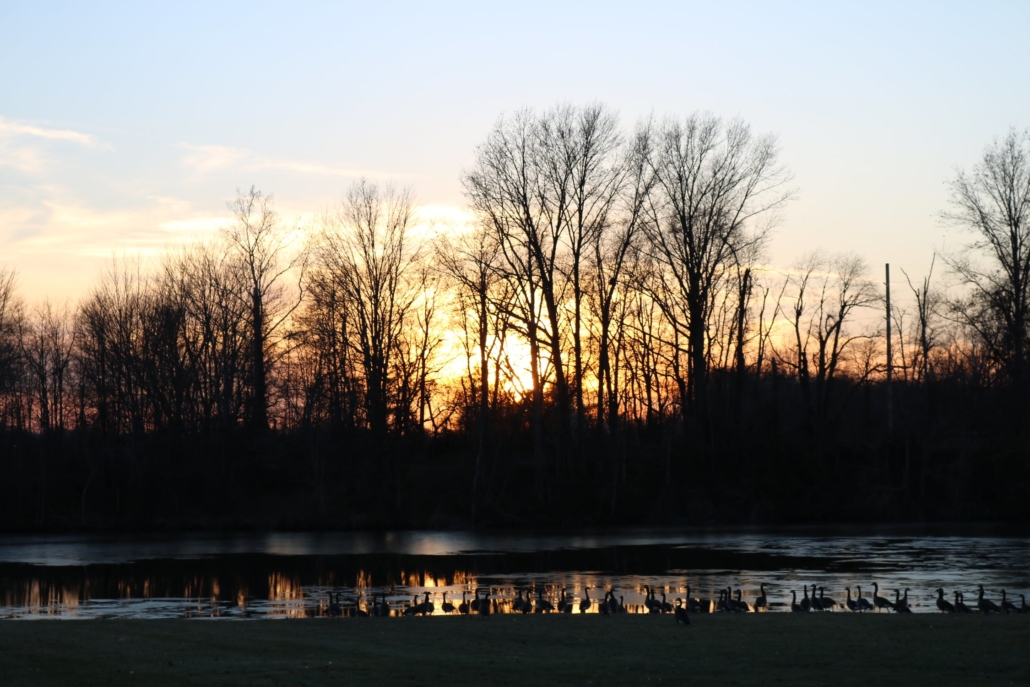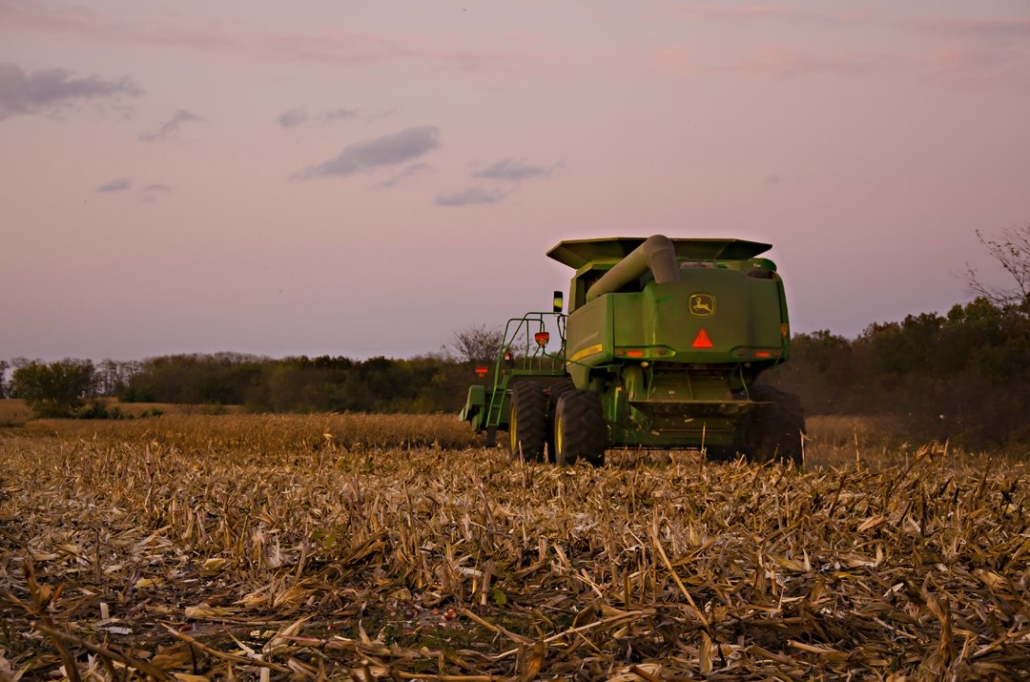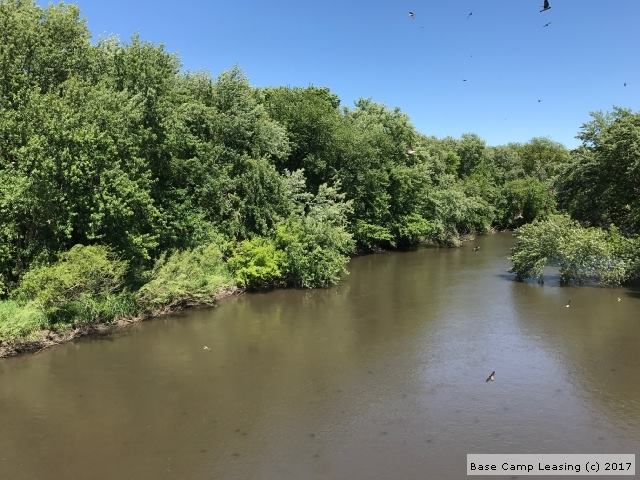Leasing Land for Waterfowl Hunting Leases | Is Your Land Suitable?
When most people think about hunting leases, they usually go right to deer hunting leases. You probably do too. But let’s be honest, not everyone wants to only hunt whitetails, which means there is an opportunity for you to market your property for other species. Another great group of game animals to lease your land for are the various waterfowl species (e.g., ducks and geese). Waterfowl leases aren’t quite as common as deer leases in most parts of the country, but because of that, they can be highly sought after and fetch premium land lease rates. In this article, we’ll look at the minimum requirements for a waterfowl lease, how your location plays into the hunting lease equation, and also what you could realistically expect to earn from it.
Minimum Requirements for Waterfowl Hunting Leases
Just because you have a pond on your land doesn’t guarantee it will be a spectacular duck hunting lease. There’s a lot more to it than just that. There are a few things that waterfowl species need to truly thrive on your property. If you run down this list and find that your land seems to have every one of them, then leasing your land for duck hunting is a very good possibility.
Waterfowl Need Water
Whoa, we bet we blew your mind with that statement, right? But seriously, this is a pretty critical habitat feature to consistently bring waterfowl in. The important thing to remember is that there are some differences between the different species of ducks and geese that make this category more or less important. Most properties will fall somewhere between these two categories, which can make waterfowl leases feasible for many people.
- Ducks – most duck species will absolutely seek water features (e.g., ponds, rivers, sloughs, swamps, and farm ponds) to stop at throughout the fall hunting season as they migrate south. But different species use different habitat types and water features. For example, sea ducks typically stick to large waterbodies and coastal areas, while many puddle ducks stick to small lakes, ponds, and sloughs. Not surprisingly, wood ducks prefer wooded areas, so if you have several forested ponds, the flooded timber duck hunting might be spectacular. This is also true for southern hunts in flooded forests.
- Geese – while geese certainly use water features too, you don’t necessarily need water on your property to hunt them. That being said, it does help to have water sources nearby (within a mile or two of your land) to maximize the chance of catching migrating geese flocks. But some of the best goose hunting land consists of freshly picked corn fields adjacent to water, even if it’s just flooded depressions in farm fields (this will also attract puddle ducks). Even hayfields will work in a pinch to call goose flocks in, which means you could specifically market your property as a goose lease if that’s all you’ve got.
Food Sources
The best waterfowl leases will also have food sources, which ties back to the goose discussion above. Picked corn fields (as a normal part of agricultural operations) will work just fine to attract most waterfowl species. In the northern part of the country, extensive natural wild rice stands along beaver ponds and shallow lakes are waterfowl magnets. In the southern part of the country, milo/sorghum and millet are both very popular duck foods as well, especially when planted near ponds or in flooded field settings. If you have the ability to plant these crops or are fine with letting lessees plant them, you can usually increase the price you charge (more on that later).
Best Locations and Influence Waterfowl Leases
Where your property is located in the country will definitely play a huge part in how successful waterfowl leases will be and ultimately, what you can charge for them and whether it is land worth leasing. For example, if your land is smack dab in the middle of a major waterfowl flyway (such as the prairie pothole region of the Dakotas within the Central flyway or within the Mississippi Delta of the Mississippi flyway), you can expect much more interest in your property than if it was in a less productive area. While the location alone doesn’t guarantee the duck hunting will be spectacular, premium locations usually fetch higher prices. Waterfowl leases in Arkansas, the duck capital of the world, will definitely be more competitive than waterfowl leases in Colorado.
On a more local scale, does your property contain or is it adjacent to natural migration corridors, such as river systems? Ducks and geese will follow these water features south, occasionally branching off to explore other smaller streams and creeks as well. If your land is near one of these, you can be sure that waterfowl will reliably migrate through each year.
Price of Duck Hunting Leases
Now you understand that the habitat features on your property and the location both influence the price you can ask for. But how much to charge for a hunting lease is always tricky if you don’t have much experience with it. At Base Camp Leasing, we help you through that process to arrive at a fair value, depending on what state and county you are in, what the property looks like, how accessible it is, and what the neighboring properties are like.
However, there are a few ways you can increase those prices for your specific property. As we mentioned earlier, if you are open to letting lessees alter your property, under the restrictions and rules of a hunting lease agreement, you will likely be able to charge more. Some examples include allowing them to till and plant duck food plots, leave a portion of a corn field standing, adjust water levels with water control structures, construct permanent hunting blinds, or even dig a pond.
So if this fits your situation, would you consider leasing your property for ducks and geese? If you’d like to discuss the options, contact us below.
GET INFO ABOUT LEASING THE HUNTING RIGHTS TO YOUR PROPERTY
[av_sidebar widget_area=’SRM-CAPTCHA-FORM’ av_uid=’av-2q9txt’]




Leave A Comment